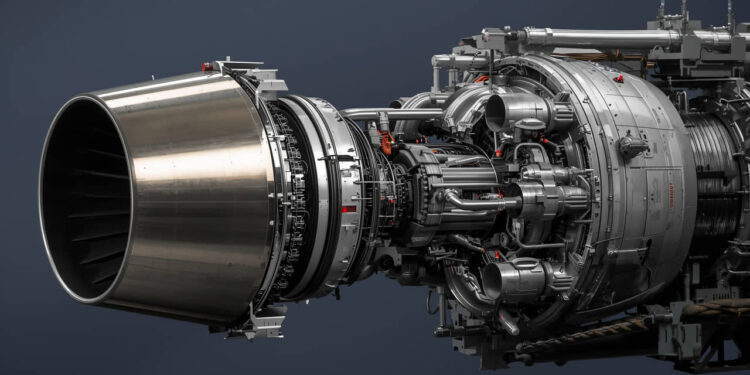In a significant leap in aerospace and defence technology, India has decided to invest $7.44 billion (₹65,400 crore) to develop and manufacture fighter jet engines locally, with an assured order from the Indian Air Force, as it will help reduce dependence on foreign manufacturers. This ambitious project is a significant stride towards self-reliance in aviation, reducing reliance on imports and enhancing India’s position as a global aerospace player.
Strategic Vision and Goals
The Indian Government intends to develop some 1,100 engines over the next ten years for a variety of next-generation fighter aircraft, including the Tejas Mk2, the Advanced Medium Combat Aircraft (AMCA), and upgraded fighters and drones. The Indian Air Force (IAF) is hoping to increase its fleet to 42 squadrons by 2035, and many of the additional aircraft could be powered by Indian-made engines.
Key Projects and Engine Development
| Project | Engine Type | Expected Engines | Timeline |
| Tejas Mk2 | Indigenous | 400 | 2025-2035 |
| AMCA | Co-developed (Safran) | 300 | 2028-2035 |
| Unmanned Combat Aircraft | Derivative Kaveri | 200 | 2026-2035 |
| Upgraded Fighters | Indigenous/Imported | 200 | 2025-2035 |
The Tejas Mk2 programme is an addition to the country’s already successful indigenous fighter, with discussions still underway with General Electric (GE) for the F414 engine and a technology-transfer partnership that will enable India to build engines locally, as it aims to make aircraft on par with modern standards. The AMCA project, the most ambitious in Indian aviation thus far by New Delhi, would initially meet its propulsion needs with imported engines but will subsequently graduate to an engine it is co-developing with France’s Safran S.A., with complete technology transfer and Indian IPR.
Ecosystem and Partnerships
The ambitious project is under the leadership of S.V. Ramana Murthy, director of the Gas Turbine Research Establishment (GTRE), who believes that shaping a holistic ecosystem comprising research organizations, private industry, and necessary foreign collaborations is crucial. The proposed project will also mark the first time that private Indian firms are being allowed to participate in a fighter jet engine development programme, thus creating room for innovation and industrial expansion.
Economic and Strategic Impact
In line with Prime Minister Narendra Modi’s “Atmanirbhar Bharat” programme, this program for the development of the engine is likely to give a boost to India’s defence preparedness and bring in increased opportunities for the country’s industry and economy. At the same time, it continues to emerge as a global manufacturing hub via job creation, skill development, investment promotion, and technology enhancement. The move represents a strategic pivot from India as a buyer of defence technology to one that aspires to build and be a partner in advanced aerospace manufacturing.
Challenges and Future Outlook
India’s indigenous Kaveri engine program has been a story of repeated stops. It starts with a new direction and international involvement, with upgraded variants powering uncrewed combat aircraft and other platforms in the coming years. The Government of India is also cutting ribbons on crucial infrastructure, such as high-altitude testing establishments and precision manufacturing units, to back-to-back the program.
This historic investment in fighter jet engines is not only a technological breakthrough but also a strategic necessity for India’s defense and aerospace goals. It will help make the defense industry self-sufficient and globally competitive.


